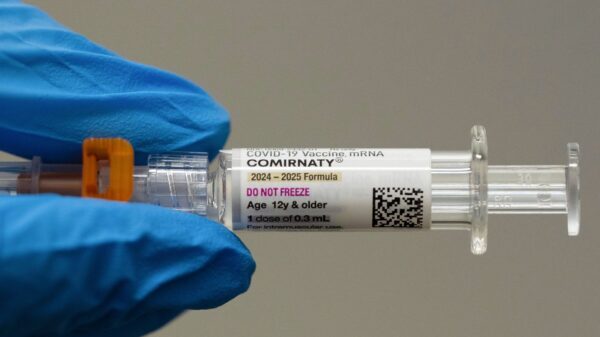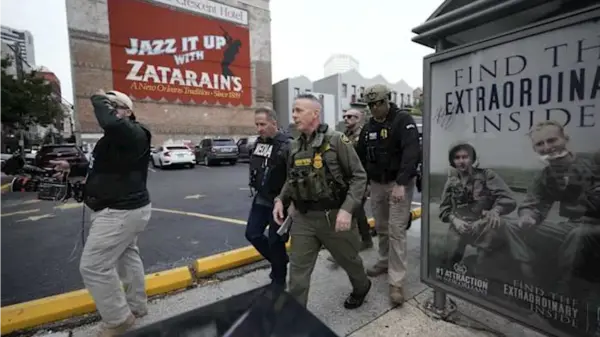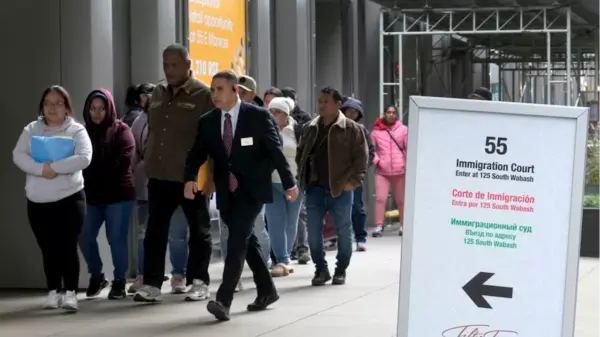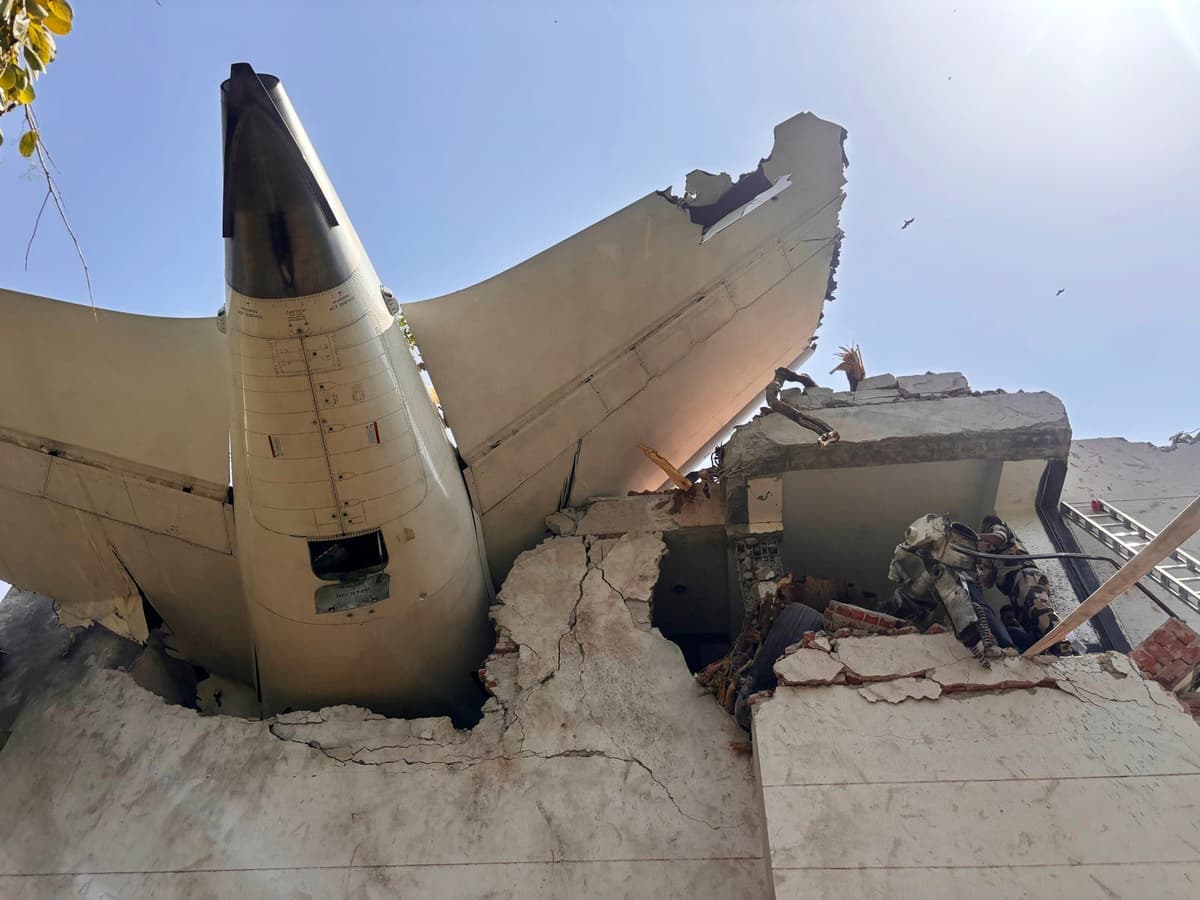On June 12, 2025, Air India Flight 171 tragically took off from Ahmedabad heading to London but lost power in both engines just 32 seconds after departure. The Boeing 787 Dreamliner crashed into a densely populated area near the runway, resulting in the deaths of 260 individuals, including 241 passengers and crew as well as 19 people on the ground. Only one passenger, a 40-year-old man in seat 11A, survived by escaping on foot. More than a month later, investigations continue as regulators and families seek answers to the critical question: why did the engines fail mid-flight?
The focus of the investigation has turned to Captain Sumeet Sabharwal, an experienced pilot with over 15,000 hours of flight time. According to aviation professor and attorney Sal Lagonia, “The possible cause of this air accident is beginning to narrow very quickly. The fuel shut off on the aircraft does not easily activate unless the pilot moves the actual manual controls, either accidentally or on purpose.” Preliminary findings from India’s Aircraft Accident Investigation Bureau indicate that the failure occurred when the fuel-control switches, located beneath the throttles, were moved from “RUN” to “CUTOFF” shortly after takeoff.
The cockpit voice recorder revealed a concerning exchange, with the first officer asking, “Why did you cut off the fuel?” to which Captain Sabharwal replied, “I did not do so.” Mr. Lagonia highlighted that the simultaneous movement of both controls is unusual and raises suspicions. “Moving both individual controls in error at nearly the same time is unlikely,” he noted, adding that such an event at such a critical moment in flight could result in a loss of recovery chances.
As investigators sift through the evidence, they are yet to determine whether the switches were flipped intentionally or accidentally. The rapid movement of both switches within one second, especially without any emergency indication, has left aviation experts puzzled. These switches are designed with physical guards to prevent accidental movement, requiring a deliberate lift-and-pull action.
Captain Ross Sagun, CEO and Founder of Sagun Aviation Consulting, suggested that while an intentional movement is likely, a malfunction of the switch locking mechanisms cannot be ruled out. He mentioned that external factors, such as vibration or turbulence, could potentially cause the switches to move unexpectedly.
Mr. Lagonia emphasized the need for clarity regarding whether the crew indicated an engine failure prior to the incident. If one engine had indeed failed or signaled a warning, there is a possibility that the crew could have mistakenly shut off the fuel supply to the functioning engine. However, the Cockpit Voice Recorder does not suggest any alarms were present, leading to further speculation.
The scenario of accidentally cutting off fuel supply is not without precedent. A report from the Flight Safety Foundation in 1986 documented a similar incident involving a United Airlines pilot who mistakenly shut off the fuel supply to a Boeing 767 shortly after takeoff. The crew managed to restart the engines and return to San Francisco without incident. However, John Cox, CEO at Safety Operating Systems, expressed skepticism about the likelihood of a switch malfunction, stating, “It is highly unlikely that both switches moved within one second.”
While pilot error remains a possibility, investigators are also considering mechanical or design flaws. A 2018 bulletin from the FAA warned that the fuel switch stop-locks on specific Boeing 737 and 787 models might have been improperly installed during assembly. The Air India jet involved in the crash, registered as VT-ANB, had not undergone inspections for this particular issue. In response to the incident, Indian regulators are now mandating inspections across domestic airlines to ensure fuel switches are properly secured.
Boeing and the FAA maintain that the fuel switches are safe if installed and operated correctly, and no global airworthiness directive has been issued. The Virginia-based manufacturer is still recovering from reputational damage linked to previous tragedies involving its 737 MAX aircraft.
Former airline pilot and Associate Professor at the University of Las Vegas, Daniel Bubb, underscored that the only times pilots would switch fuel to “CUTOFF” is during taxiing to the gate or engine shutdown procedures. He expressed concern that if there were systemic issues, the FAA would ground all 787s until rectified, given the serious implications.
As investigations continue, Mr. Lagonia pointed out that a similar fuel shutoff system is utilized by Airbus, indicating that design accessibility must balance safety and functionality. He stated, “As we learn more, the findings will lead us to improve air safety once again.”
Air India, recently re-nationalized under the Tata Group in 2022, faces increased scrutiny following the crash. CEO Campbell Wilson described the preliminary findings as “deeply troubling” and acknowledged that they “raise more questions than they answer.” The airline has grounded parts of its Dreamliner fleet and is gradually resuming international services, with a full return to pre-COVID-19 operations expected by October.
While Air India works to regain public trust, the mental health of pilots is also under examination. Mr. Bubb highlighted the pressures pilots face, such as personal issues and job-related stress, which may discourage them from disclosing mental health concerns. “This is not to suggest the Air India crash was a suicide, but the pilots’ psychological state should be part of the investigation,” he remarked.
As the investigation delves into the cockpit dynamics, control systems, and human factors, one unsettling truth remains evident: in the realm of modern aviation, a single switch, flipped in a moment, can profoundly impact the lives of hundreds.





































































